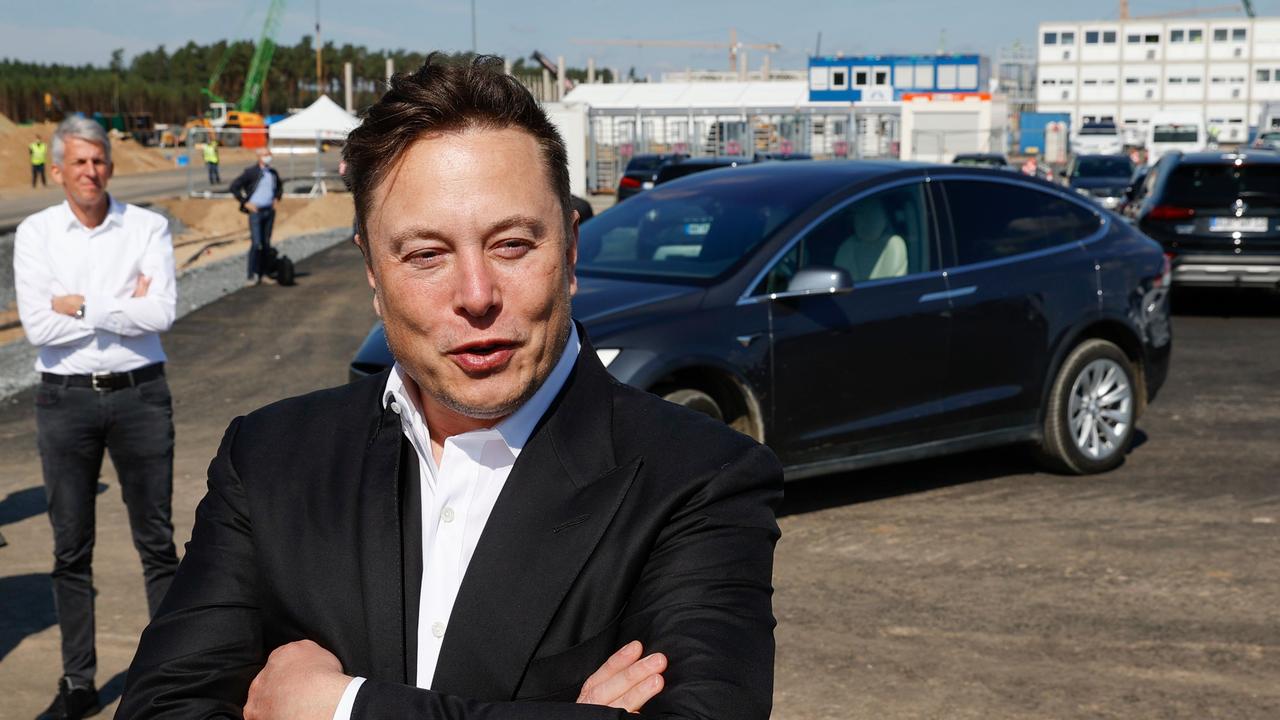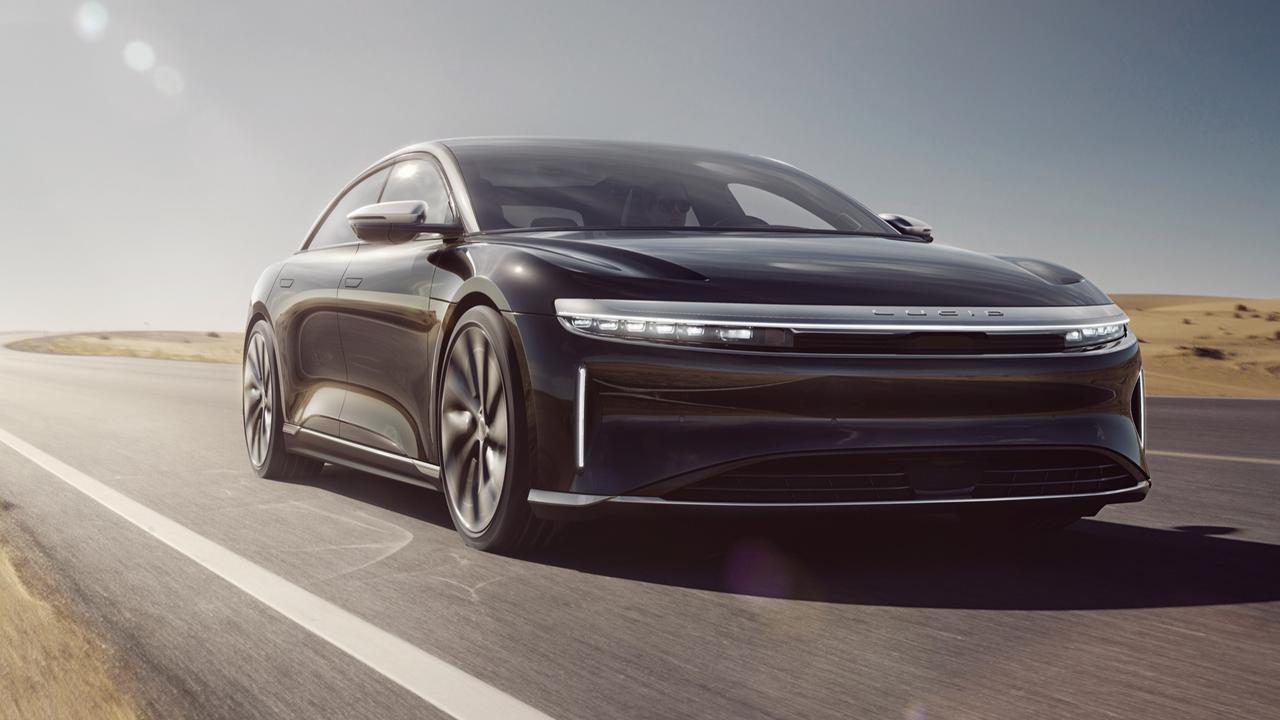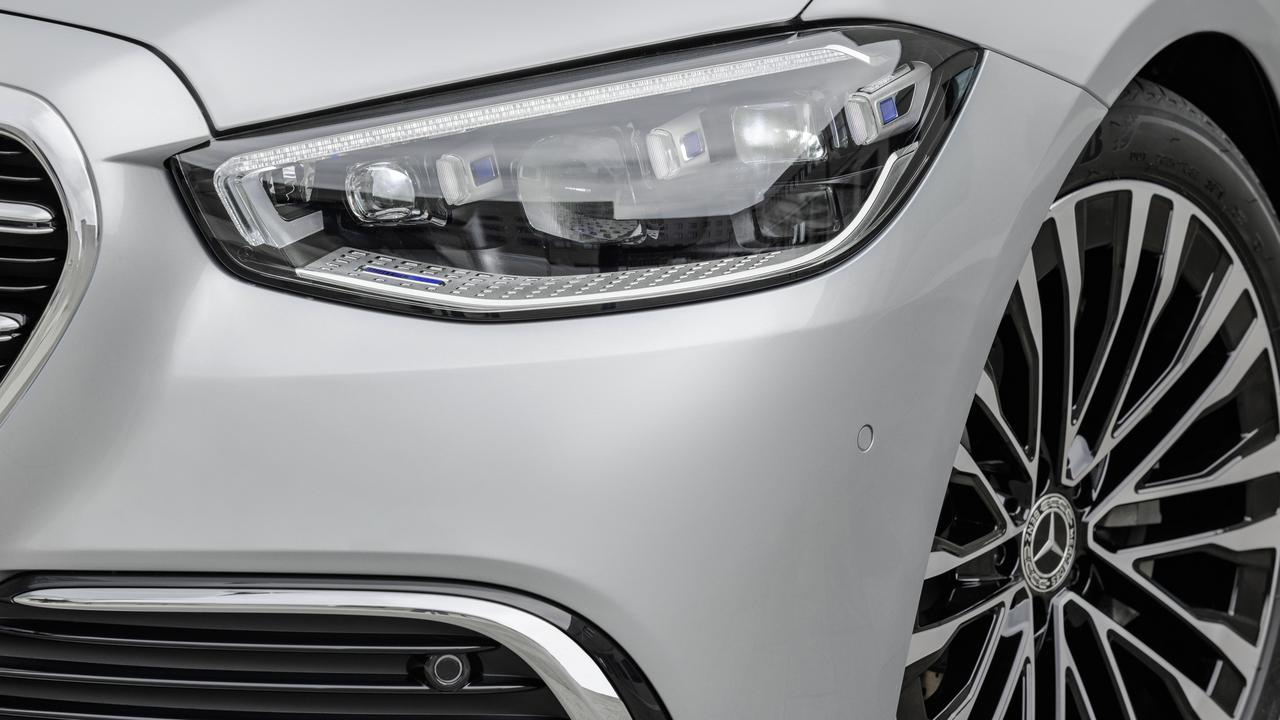Mercedes-Benz and Britax create child car seat of the future
Mercedes-Benz has unveiled a prototype car seat that tackles some of the common safety flaws of current models. But there's a catch.

The child seat of the future will be sense when a crash is inevitable and tighten its belts to provide maximum protection for little ones.
The seat, unveiled by Mercedes-Benz today, can monitor a child in the back seat and display readouts as to whether they are calm, restless or asleep. It also warns when a child has slipped out of the belts.

There’s only one problem with the safer and smarter child seat being co-developed with Britax Roemer. It’s not yet for sale.
“In the moment, what you see here, it’s very expensive,” says Benz engineer Hakan Ipek, who’s spent the past five years working on improving child car seat safety. The prototype costs as much as a complete vehicle, he says. “This is always (how) things start.”
He says Britax Roemer, the German division of the global child car seat giant, aims eventually to produce a seat with similar features that costs much less.
“You cannot start with a child seat which is as expensive as a car. It has to be something that the people can afford, not only the super-rich.”
The child seat of the future was one of the highlights of Mercedes’ Experimental Safety Vehicle (ESF).

Based on the brand’s big SUV model, the GLE, the one-off ESF 2019 is a rolling showcase of where the brand envisions car safety heading in the not-too-distant future.
The advance that excites Ipek the most is that his child seat is connected to the car’s on-board networks, so it gains access to the safety sensors and software of the vehicle it’s installed in.
Mercedes-Benz’s Pre-Safe technology can sense situations when a crash is inevitable or likely, slightly before it occurs, then sends a signal to the car’s seat belts to cinch tighter round the occupants. This is a proven way to reduce injuries.
The prototype child seat can do the same for a baby or toddler, with similar benefits.
“The Pre-Safe triggering signal comes via Wi-fi,” says Ipek. A battery-powered receiver is built into the seat, enabling connection to the car’s on-board hot spot.
The cinching mechanism is powered by springs. These are pre-tensioned, ready for action, each time the seat is swivelled on its base.

To make strapping a child into the seat easier, it turns sideways to face the door. Before driving, the seat has to be turned to face forward or, as is common in Europe, backwards.
A second connection between seat and car, via USB-C, delivers diagnostic and child monitoring functions.
A 2018 study by insurance company accident researchers found that almost 50 per cent of child seats were not being used correctly, according to Ipek. Either the seat wasn’t properly installed or its belts weren’t properly fastened.
The prototype seat will sense such errors and flash a warning on the vehicle’s centre display. Designed for children up to 105cm tall and about four years of age, the seat senses and warns when its occupant has manage to wriggle partly out of the restraints.
A camera built into the seat shell adds even more functions. For safety reasons, the camera will not display a live image of the restrained child while the car is in motion but the centre screen shows icons indicating whether the child is calm, asleep, or restless.
Algorithms are used to analyse the video stream to determine the child’s status. Sadly, this super smart set-up can’t warn of a nappy-filling event before it happens. Not yet …



